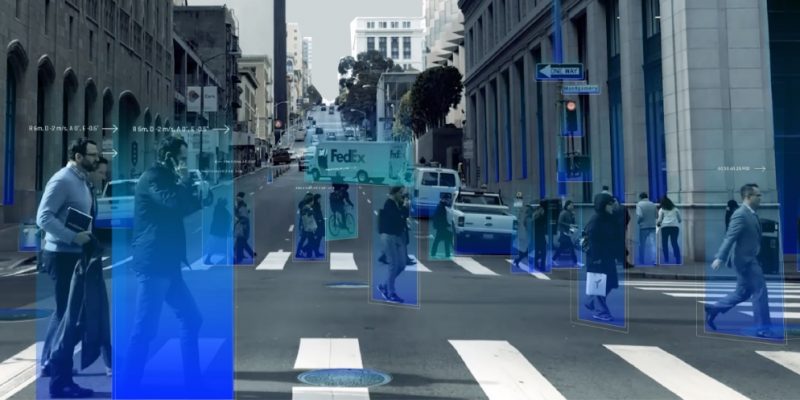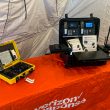Research claims driverless tech still too easy to trick
Autonomous vehicles can be easily manipulated into performing undesirable driving behavior through the placement of ordinary objects on the roadside, according to a study from the University of California, Irvine (UCI).
The research team set up a course on the UCLA campus to test the reactions of driverless cars, running the open-source AD systems Apollo and Autoware, after common objects, such as bicycles, boxes, trash bins and traffic cones, were placed on the side of the road. This caused the driverless vehicles to respond with erratic driving behavior, including sudden stops, which researchers say could potentially create a hazard or impact delivery of passengers and goods.
Furthermore, the report said it leaves AVs open to physical denial-of-service attacks (DDoS) whereby an object is placed in a vehicle’s path intentionally to cause disruption. “In general, our research suggests the designers and developers of autonomous driving systems should consider both safety and functionality and think about the better trade-off especially given the complexity of driving scenarios,” explained lead author Ziwen Wan, UCI Ph.D. student in computer science.
One example is that they found the current implementation of Apollo use a fixed lateral buffer to avoid collisions and this fixed buffer may lead to unexpected stop because of off-lane static objects if the lane is narrow. This unexpected driving behavior could have been avoided if this safety buffer is dynamically based on the velocity of the autonomous driving vehicle.
The research team found the existing open-source autonomous driving systems can be tricked to execute overly conservative driving behavior, such as sharp/permanent stop during the driving. “The attackers could only use some very common roadside objects, such as cardboard boxes,” Wan added. “In one of the demos we created in the simulation, the AD vehicle makes a sharp stop decision and thus lead to a rear-end collision.” He said they think these types of problems may damage the safety and the efficiency of the transportation, which is the original goal of autonomous driving.
To read the complete article, visit TU-Automotive.

















